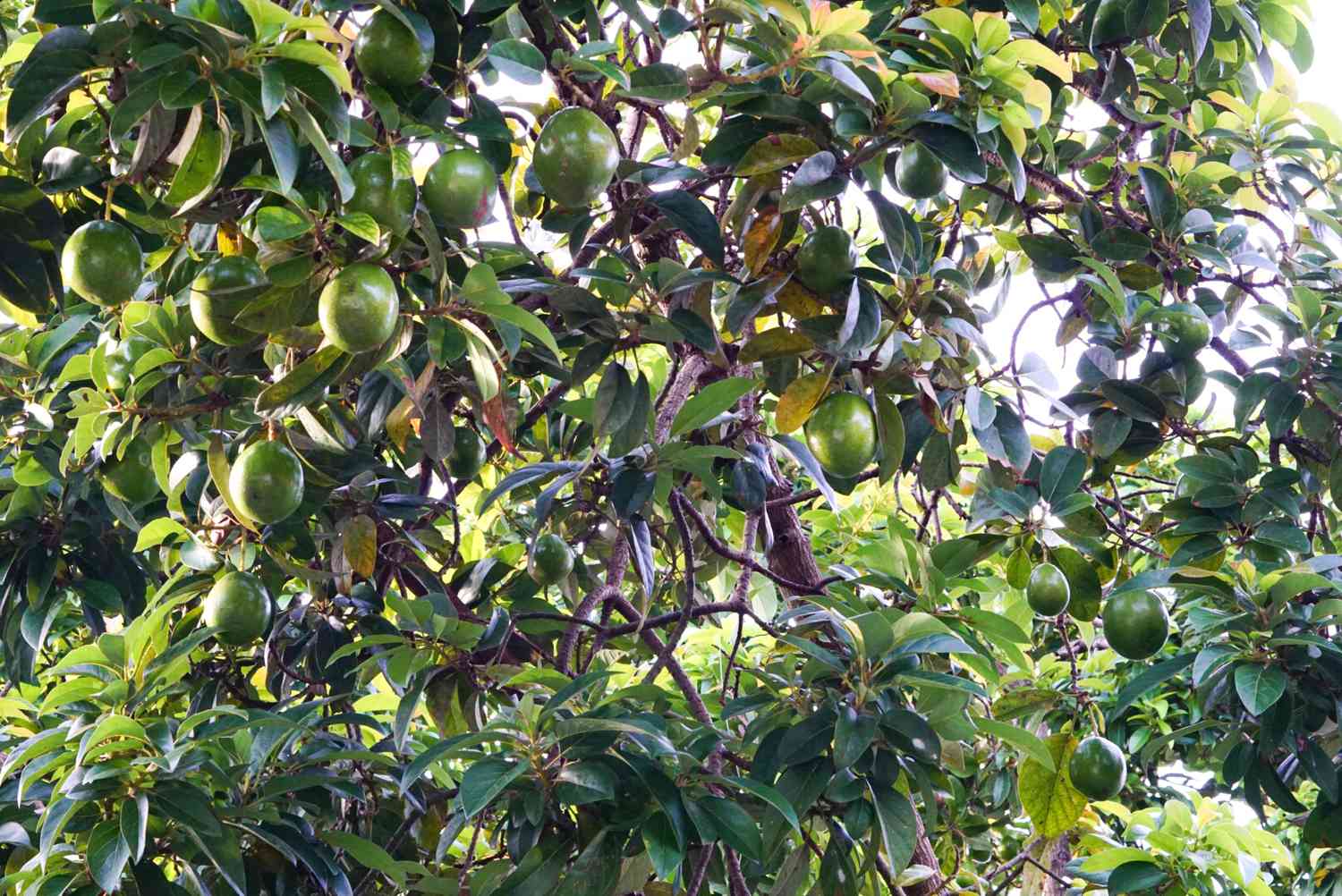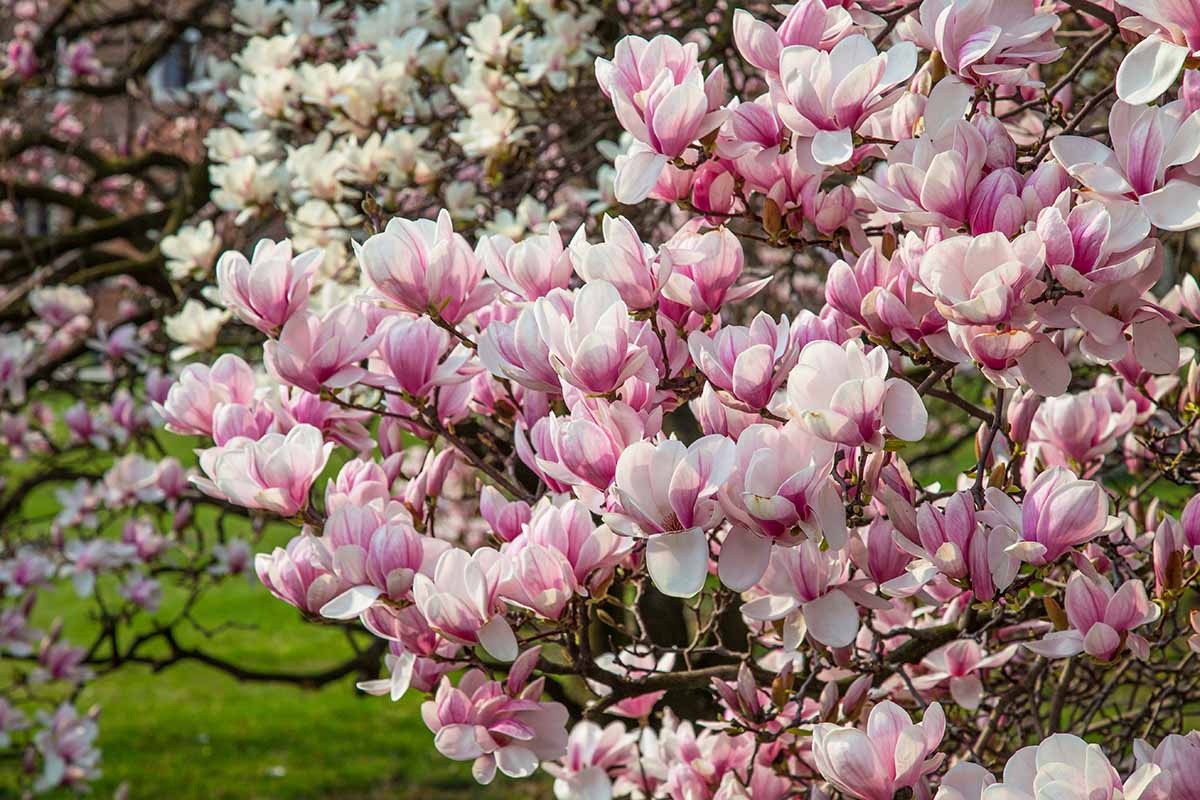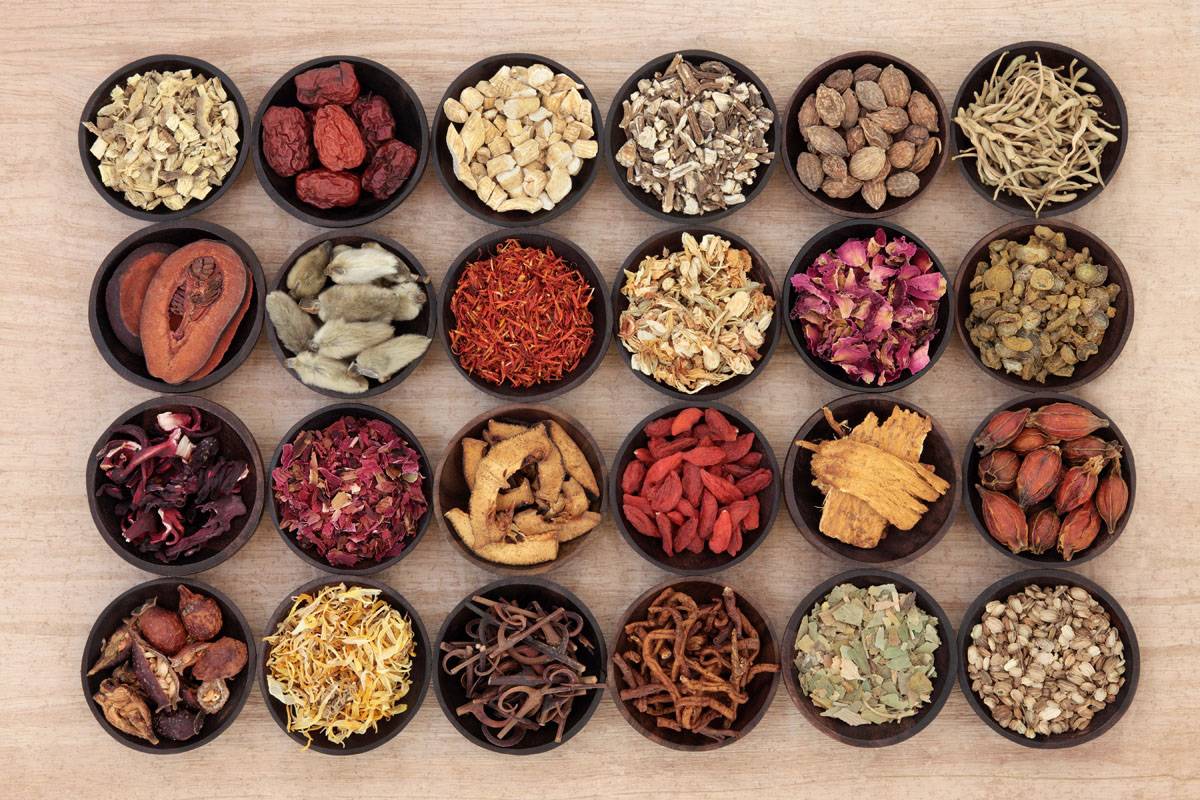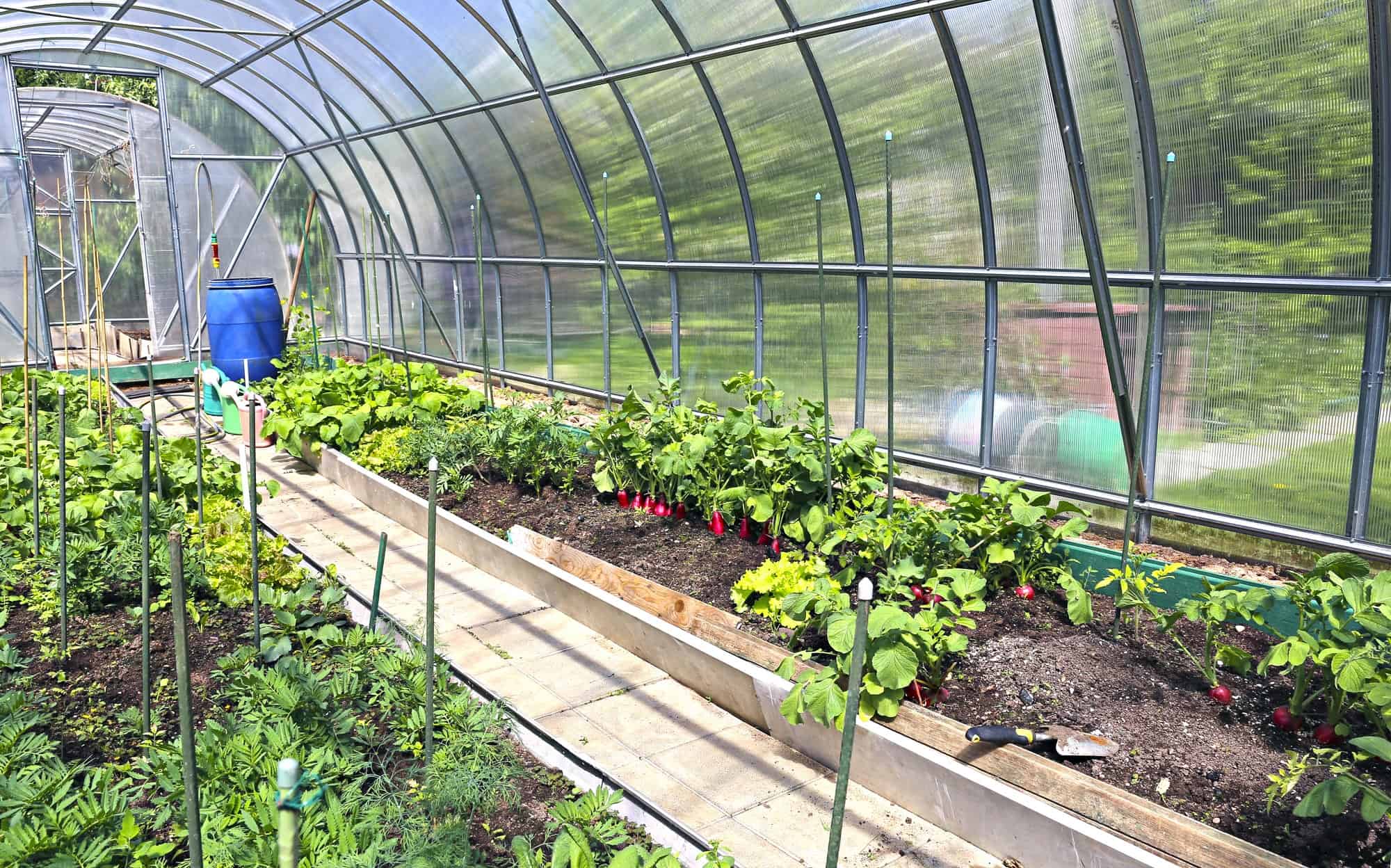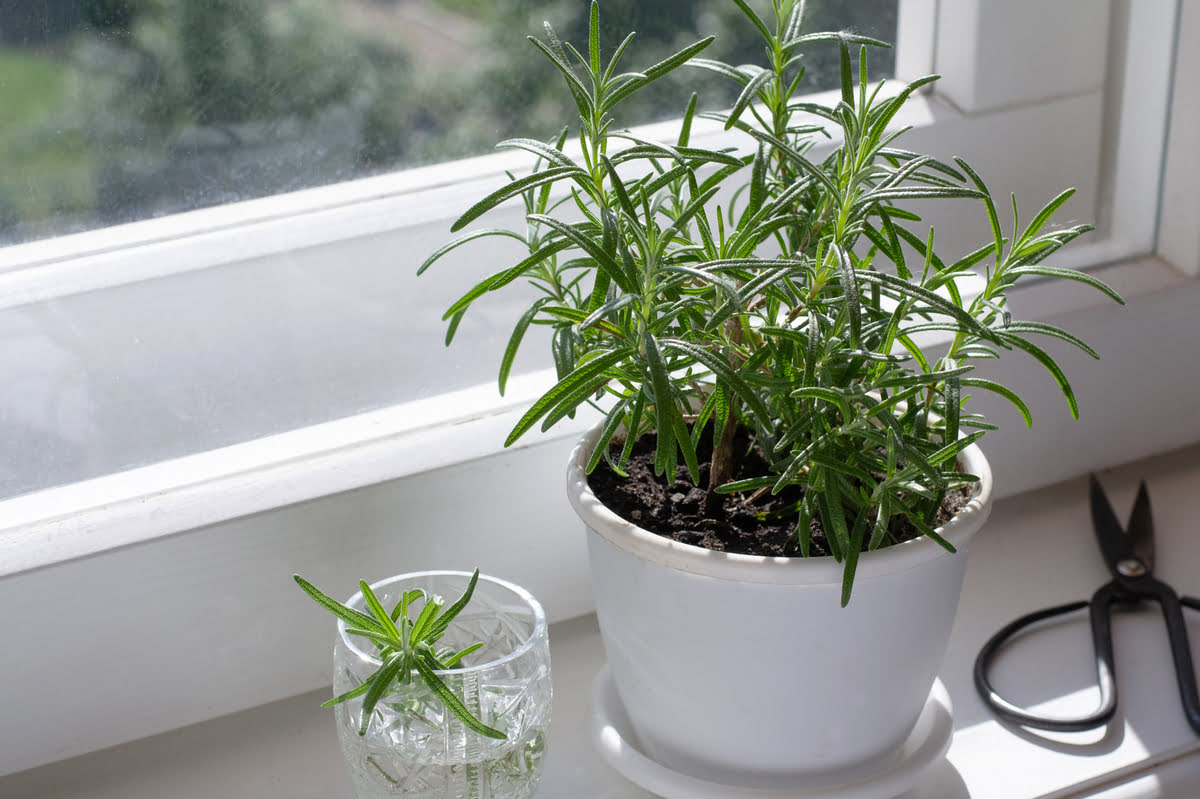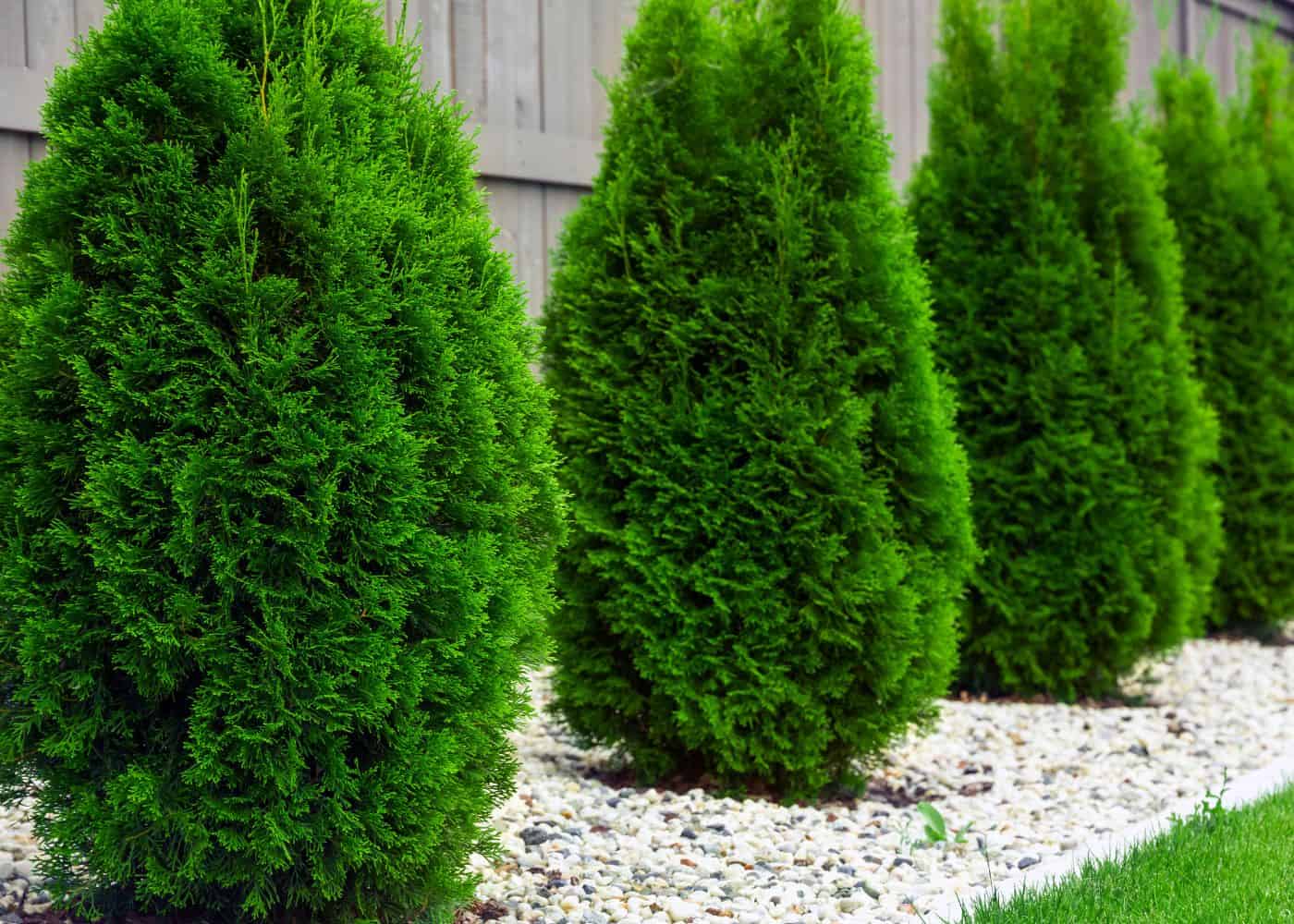Home>Gardening Techniques>Plant Care>How Long Do Herbs Take To Grow
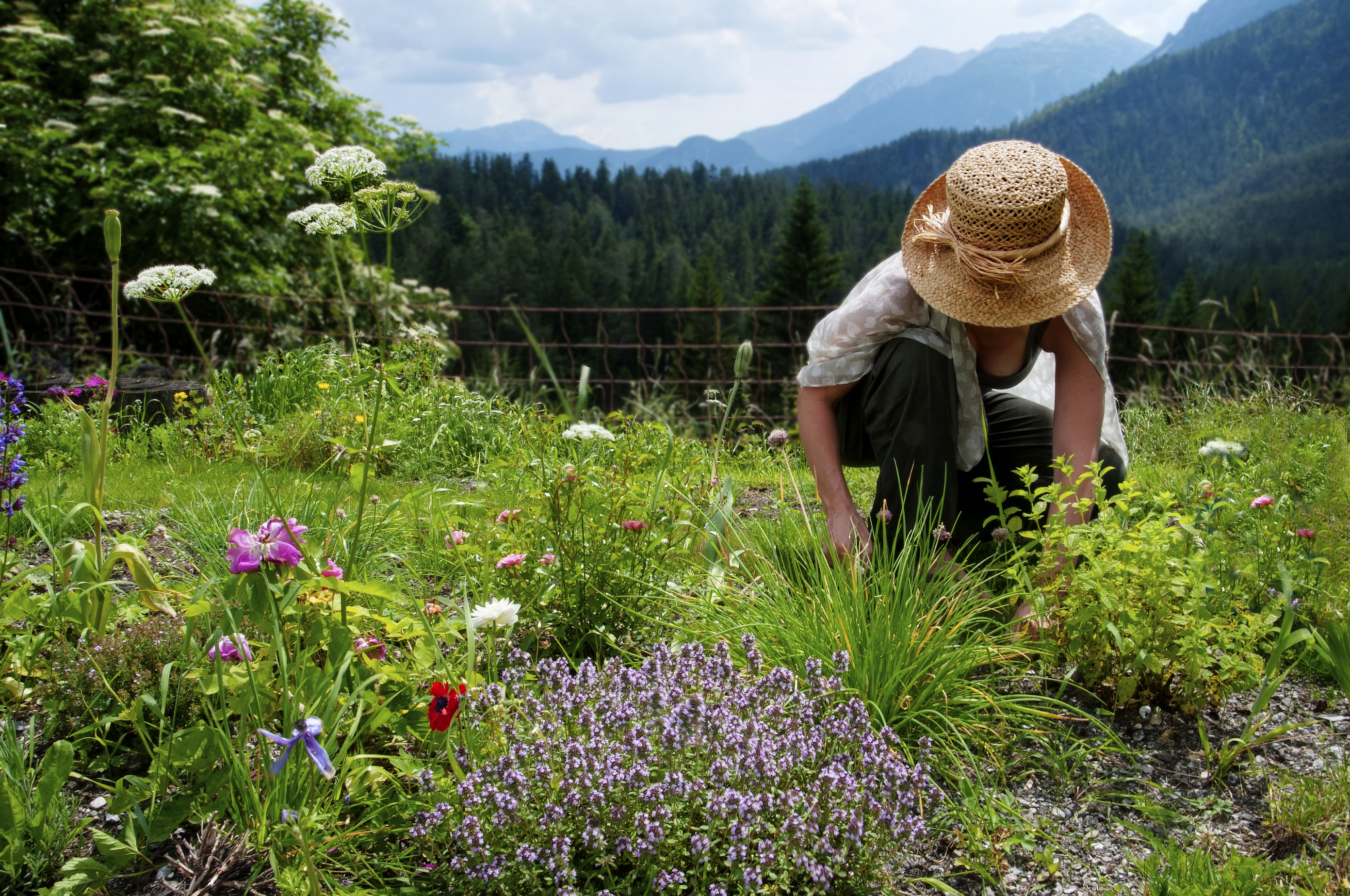

Plant Care
How Long Do Herbs Take To Grow
Modified: January 22, 2024
Learn about plant care and discover how long herbs take to grow. Enhance your gardening skills with proper techniques for growing healthy and vibrant herbs.
(Many of the links in this article redirect to a specific reviewed product. Your purchase of these products through affiliate links helps to generate commission for Chicagolandgardening.com, at no extra cost. Learn more)
Table of Contents
Introduction
Welcome to the world of plant care and the beautiful art of growing herbs! If you have ever dreamt of having your own herb garden, filled with vibrant and fragrant plants, then you are in the right place. Growing herbs not only adds natural beauty to your surroundings but also provides you with a source of fresh flavors to enhance your culinary endeavors.
Whether you are a seasoned gardener or just beginning your gardening journey, understanding the factors that affect herb growth and the time it takes for herbs to grow is essential. This knowledge will help you plan and care for your herbs effectively, ensuring they thrive and provide bountiful harvests.
In this article, we will explore the various factors that impact herb growth, such as sunlight, temperature, soil conditions, and watering. We will also delve into the specific timelines for popular herbs to reach maturity, so you can have a realistic expectation of when you can start enjoying your herbs. Additionally, we will provide you with valuable tips for herb growth and maintenance, ensuring your herbs stay healthy and productive.
So, get ready to embark on a journey that will not only enrich your senses but also connect you with the wonders of nature. Let’s dive into the world of herb gardening and explore the art of nurturing plants, from seed to harvest.
Factors Affecting Herb Growth
Several key factors contribute to the growth and development of herbs. Understanding these factors will help you create the optimal conditions for your herbs to thrive. Let’s explore the essential elements that impact herb growth:
- Sunlight: Just like any other plant, herbs require an adequate amount of sunlight to grow and produce their essential oils that give them their distinctive flavors and aromas. Most herbs prefer a minimum of 6 hours of direct sunlight daily. Choose a spot in your garden or balcony that receives ample sunlight throughout the day.
- Temperature: Herbs, being diverse in nature, have different temperature preferences. While some herbs, like basil and parsley, thrive in warm temperatures, others, such as mint and chives, prefer cooler climates. It is crucial to choose herbs that are suitable for your region’s climate or create microclimates to provide the ideal temperature conditions.
- Soil conditions: The quality and composition of the soil play a significant role in herb growth. Herbs generally prefer well-draining soil that is rich in organic matter. Ensure that the soil pH is suitable for the herb you are growing, as different herbs have different pH preferences. Conduct a soil test to determine the pH level and amend the soil if necessary.
- Watering: Proper watering is essential for healthy herb growth. Overwatering can lead to root rot, while underwatering can cause the herbs to wither and die. The watering needs of herbs vary, so it’s important to understand the specific requirements of each herb. Generally, it is best to water herbs when the top inch of soil feels dry.
- Feeding: Providing your herbs with the necessary nutrients is crucial for their growth and overall health. Consider adding organic compost or slow-release fertilizers to the soil before planting. Additionally, some herbs may benefit from periodic feeding with liquid fertilizer during the growing season.
By considering these factors and ensuring that your herbs receive the right amount of sunlight, appropriate temperatures, well-draining soil, proper watering, and adequate nutrients, you will create the optimal growing conditions, allowing your herbs to flourish and thrive.
Time Taken for Common Herbs to Grow
When it comes to growing herbs, patience is key. While some herbs may sprout and grow quickly, others take a bit more time to reach their full potential. Here is a general timeline for the growth of common herbs:
- Basil: One of the most popular herbs, basil usually germinates within 5 to 10 days. It will reach maturity and be ready for harvest in about 6 to 8 weeks.
- Parsley: Parsley seeds can take about 3 to 4 weeks to germinate. It will take approximately 8 to 12 weeks for parsley plants to mature and produce an abundant harvest.
- Mint: Mint is a fast-growing herb that typically sprouts within 7 to 14 days. It will be ready for harvest in about 8 to 10 weeks.
- Chives: Chive seeds usually germinate within 7 to 14 days. It will take around 6 to 8 weeks for chive plants to become established and ready for harvesting.
- Oregano: Oregano seeds can take about 10 to 14 days to germinate. The plants will reach maturity and can be harvested after approximately 10 to 12 weeks.
- Rosemary: Rosemary seeds are slow to germinate, often taking 15 to 25 days. The plants will require patience and care, as they take around 12 to 16 weeks to reach maturity.
- Thyme: Thyme seeds may take 14 to 21 days to germinate. Once established, thyme plants will require about 10 to 12 weeks to develop and can be harvested.
It’s important to note that these timelines can vary depending on various factors such as temperature, sunlight, and proper care. You may see variations in growth rates depending on your specific growing conditions.
Remember to regularly monitor your herbs’ growth progress, provide proper care and maintenance, and adjust your expectations accordingly. The joy of watching your herbs grow and eventually being able to harvest and enjoy their flavors is worth the wait.
Tips for Herb Growth and Maintenance
Successfully growing herbs requires more than just planting seeds and hoping for the best. By following these tips, you can create an environment conducive to healthy herb growth and ensure their long-term maintenance:
- Choose the right location: Select a location for your herb garden that receives ample sunlight and has good air circulation. Most herbs thrive in full sun, but some can tolerate partial shade. Avoid areas with strong winds or excessive shade.
- Prepare the soil: Before planting, prepare the soil by adding organic matter such as compost or well-rotted manure. This will improve the soil’s fertility, drainage, and moisture-retaining capacity.
- Water correctly: Provide your herbs with adequate water by watering deeply whenever the top inch of soil feels dry. Avoid overwatering, as it can lead to root rot. Remember, herbs prefer slightly drier soil compared to other garden plants.
- Prune regularly: Trim your herb plants regularly to promote bushier growth and prevent them from becoming leggy. Pruning also encourages the production of fresh foliage, which is often more flavorful.
- Fertilize judiciously: While herbs generally don’t require heavy feeding, an occasional application of balanced organic fertilizer during the growing season can provide them with the necessary nutrients. Be mindful not to over-fertilize, as it could lead to excessive leaf growth at the expense of essential oils.
- Watch out for pests: Keep an eye out for common herb pests such as aphids, spider mites, and whiteflies. Regularly inspect your plants and take appropriate measures to control pests, such as using natural insecticidal soaps or introducing beneficial insects.
- Harvest properly: Harvest herbs when they reach their optimal maturity. Pinch or trim the stems just above a set of leaves to encourage plant branching and further growth. Avoid removing more than one-third of the plant’s foliage at a time to maintain its health and vigor.
- Organize and label: If you have multiple herbs in your garden, it’s helpful to organize them and label each plant. This makes it easier to identify and care for them properly, especially if they have similar appearances.
By following these tips, you can ensure the successful growth and long-term maintenance of your herbs. Remember to observe your plants closely, adjust your care routines as needed, and enjoy the rewards of a thriving herb garden filled with aromatic and flavorful plants.
Harvesting Herbs
Harvesting herbs is a rewarding experience that allows you to savor the flavors and aromas of your plants. Proper harvesting techniques are essential to ensure the continued growth and productivity of your herb garden. Here are some guidelines to help you harvest your herbs effectively:
- Timing: Harvesting herbs at the right time is crucial for optimum flavor and potency. Herbs should be harvested before they start flowering, as this is when they contain the highest concentration of essential oils. Monitor your herbs closely and harvest them when they have matured but before any flowers have appeared.
- Method: The method of harvesting varies depending on the herb and its growth habit. For leafy herbs like basil, parsley, and mint, you can pluck individual leaves as needed or cut the stems a few inches above the base of the plant. For herbs with woody stems like rosemary and thyme, use sharp pruners or scissors to trim the stems just above a leaf node.
- Quantity: When harvesting, it’s important not to remove more than one-third of the plant’s foliage at a time. This ensures that the herb can continue to photosynthesize and grow. Harvesting too much at once can weaken the plant and reduce its future productivity.
- Post-harvest care: After harvesting your herbs, it’s a good practice to gently rinse them to remove any dirt or debris. Shake off excess water and allow them to air dry on a clean towel. Once dry, you can store your herbs in several ways: air-drying, freezing, or preserving in oil or vinegar.
- Air drying: Hang small bunches of herbs upside down in a cool, dry place with good air circulation. This method works well for herbs like rosemary, thyme, and oregano. After a few weeks, the herbs will become dry and crispy, ready to be crumbled and stored in airtight containers.
- Freezing: Freezing herbs is an excellent way to preserve their freshness. Chop or mince the herbs and place them in ice cube trays filled with water or olive oil. Once frozen, transfer the herb cubes to a freezer-safe bag or container. This method works well for herbs like basil and parsley.
- Preserving in oil or vinegar: Preserving herbs in oil or vinegar creates flavorful infusions that can be used in cooking. Fill a sterilized jar with your chosen herb and cover it completely with oil or vinegar. Seal the jar tightly and store it in a cool, dark place for a few weeks to allow the flavors to infuse.
Remember, harvesting herbs regularly encourages new growth and ensures a continuous supply throughout the growing season. Harvesting and properly preserving your herbs will allow you to enjoy their flavors long after the garden has gone dormant.
Conclusion
Growing and caring for herbs is a delightful and rewarding experience for any plant lover and culinary enthusiast. By understanding the factors that influence herb growth, such as sunlight, temperature, soil conditions, watering, and feeding, you can create an ideal environment for your herbs to thrive. Additionally, knowing the approximate time it takes for common herbs to grow from seed to harvest gives you an idea of the patience and dedication required for a successful herb garden.
Applying some essential tips for herb growth and maintenance, including choosing the right location, preparing the soil, watering appropriately, pruning regularly, fertilizing judiciously, addressing pests, and harvesting correctly, will ensure the long-term health and productivity of your herb plants. By following these guidelines, you can create an environment that fosters the growth of flavorful and aromatic herbs that will enhance your culinary creations.
Lastly, the joy of harvesting your herbs, whether through plucking leaves or trimming stems, allows you to savor their fresh flavors and aromas. Proper harvesting techniques, paired with suitable post-harvest care such as air-drying, freezing, or preserving in oil or vinegar, ensure that the benefits of your herb garden can be enjoyed long after the growing season has ended.
So, gather your gardening tools, select your favorite herbs, and embark on an exciting journey of nurturing and harvesting these culinary gems. With a bit of patience, care, and knowledge, your herb garden will flourish, providing you with a bountiful harvest of herbs to elevate your dishes and bring a touch of nature’s beauty into your home.
